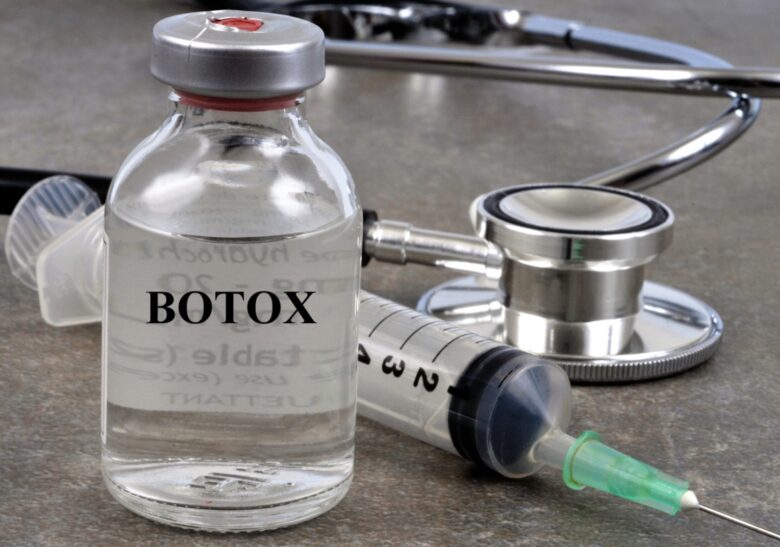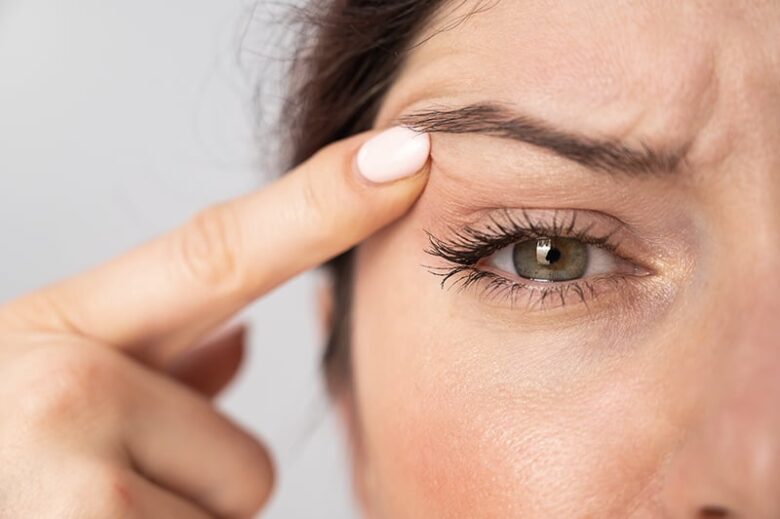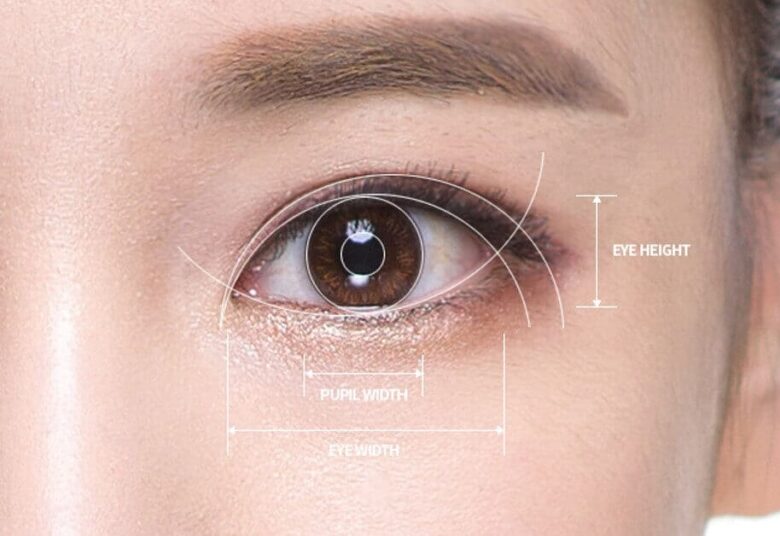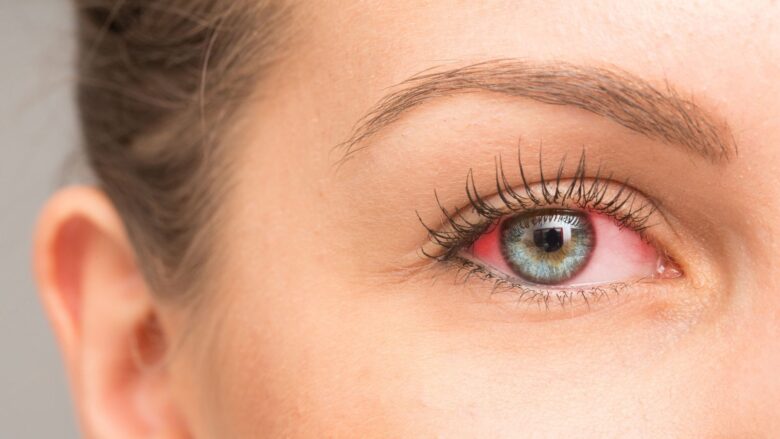Botox injections are a popular cosmetic solution for treating skin and age-related skin problems. Botox injections have botulinum toxin as the main component. These are neurotoxins that cause muscle weakening.
The achieved restricted muscle movements help cure wrinkles, neck spasms, sweating, overactive bladder, lazy eye, and more. The common areas in the body where this injection is administered include eyebrows, nose, forehead, chin, jawline, neck, and lips.
Contents
The Major Benefits of Botox Treatment
People undertake botox treatment because of the following benefits that it offers:

Source: canva.com
1. Treats Strabismus
Strabismus, commonly referred to as crossed eye, is a condition where the position of one eye is different from the other. Patients suffering from strabismus face problems in controlling their eye movements.
They also find it difficult to keep normal ocular alignment. The common conditions that cause strabismus are poor vision, brain tumors, cerebral palsy, Graves’ disease, etc.
Botox is one of the suggested solutions for treating strabismus. These injections are injected directly into the extra-ocular muscles. This helps in relaxing the muscle and reducing the misalignment of the eyes.
2. Heals Eye Twitching
Most people do not take eye twitches seriously initially. However, neglecting this condition can cause many serious health hazards. In some cases, these eye twitches are also signals of some serious underlying conditions.
Some of the common medical conditions that cause eye twitches are blepharospasm, eyelid myokymia, Meige syndrome, and hemifacial spasm.
Other non-medical causes of this condition are lack of sleep, alcohol abuse, eye strain, light sensitivity, physical overexertion, side effects of some medicines, etc.
Botox injections are successful in controlling muscle spasms in the eyelids. Botox injections are FDA-approved treatments for treating uncontrolled muscle spasms. These injections are administered into specific muscles to relax or reduce their movement, which causes eye twitching.

Source: canva.com
3. Handles Overactive Bladder
Overactive bladder is a condition that affects one’s bladder function or needs. The person suffering from OAB will have uncontrollable urges to urinate and thus will urinate frequently. Common causes of overactive bladder include abdominal trauma, infection, and intake of certain fluids and medications. This condition is most common in people above 40 or 60.
Botox is the most trusted treatment for curing overactive bladder. This is mostly prescribed when exercise therapies and medications have failed to bring the desired results.
4. Improves Chronic Migraine
Chronic migraine is a condition that causes the person to experience severe and unbearable headaches at least 15 days per month. These initially begin as less frequent headache episodes.
However, they become more prominent with time, appearing several times a month. There are many factors that cause chronic migraine. These include obesity, snoring, mood disorders, excessive caffeine intake, emotional or physical trauma, intake of certain medications, and more.
Botox or OnabotulinumtoxinA was approved in 2010 for adults suffering from chronic migraines. Studies have shown that botox injections have successfully cut down the days of migraines or headaches in a month.
These are injected around your head and neck. A person suffering from chronic migraine might need a total of 30 to 40 shots to experience the desired results.

Source: health.clevelandclinic.org
5. Reduces Hyperhidrosis
Hyperhidrosis is a condition where the body produces more sweat than usual. This happens as the body’s sweat glands overact. Sometimes, this condition is triggered by medical conditions or emotions like anxiety.
Other medical conditions that result in excessive sweating are diabetes and Parkinson’s disease. This is mostly termed generalized hyperhidrosis. Another type of this condition is focal hyperhidrosis which is mostly hereditary.
Botox is a trusted treatment for focal hyperhidrosis. These injections block the nerve signals that cause sweating. As a result, the botulinum toxin stops the sweat glands from producing sweat. Retreatment might be necessary after four or six months as the nerve starts regenerating.
6. Manages Cervical Dystonia
Dystonia is a medical condition where the person experiences uncontrollable muscle movements in some parts of the body. This is caused as a result of defective or faulty signals generated by the brain. It is primarily a nervous system disorder.
The common symptoms associated with dystonia are painful, repetitive, and uncomfortable muscle movements that can last for seconds or even a few minutes.
Botox is FDA approved treatment option to treat cervical dystonia in adults. These injections are administered into your neck muscles.
The dosage of the injection depends on the severity of the condition, the affected muscle area, and the level of pain that the person is experiencing due to the condition.

Source: headpaininstitute.com
Some Cons Associated with Botox Treatment
While botox is suggested as a trusted treatment option for a number of cosmetic and medical conditions, one must also be aware of the risk factors associated with the treatment. These include:
1. Pain, Swelling & Bruising
Pain, swelling, and bruising in the injection site are common post-botox treatment. The treatment makes use of a small sterilized needle that is injected into the targeted site. This results in the given side-effect after treatment.
The best way to ensure fast recovery is by applying ice packs at regular intervals, avoiding drinking alcohol, avoiding using blood thinners, and avoiding physical activities for at least 24 hours after treatment.

Source: dreamplasticsurgery.com
2. Temporary Drooping Eye
Temporary drooping eye, ptosis, or blepharoptosis, is also experienced after botox treatment. This can happen if the physician administering the treatment lacks proper knowledge and experience.
Therefore, it is very important for the individual to do a proper background check and get treated by someone with positive reviews and years of experience in botox treatment.
3. Eye Irritation and Redness
Botox injections around the eyes pose the most risk of side effects after treatment. These injections are commonly used to treat crow’s feet and brow lines. If administered under inexperienced hands, the patients can get irritated, dry, and bloodshot red.
This irritation can also lead to blurred vision and the inability to see correctly. In most instances, these side effects are temporary. However, if the symptoms persist, it is advisable to get treatment as soon as possible.

Source: dmei.org
Is Botox Worth It? Debunking Myths and Weighing the Benefits
Botox, a popular cosmetic solution for treating skin that temporarily reduces the appearance of wrinkles and fine lines, has garnered both acclaim and skepticism. The question that often arises is whether Botox is truly worth it.
Contrary to popular belief, Botox is not a magical fountain of youth that freezes your facial expressions indefinitely. Instead, it works by temporarily relaxing the muscles responsible for causing wrinkles, resulting in smoother, more youthful-looking skin. The effects typically last for three to six months, after which the treatment can be repeated. It’s important to approach Botox with realistic expectations, understanding that it is a temporary solution that requires maintenance.
One of the most significant benefits of Botox is its ability to boost self-confidence and enhance one’s appearance. By softening forehead lines, crow’s feet, and frown lines, Botox can help individuals feel more comfortable and confident in their own skin. The subtle improvements can have a profound impact on one’s self-esteem, leading to a positive ripple effect in various aspects of life.
Moreover, Botox is a non-invasive procedure that requires minimal downtime. The treatment itself is relatively quick, typically lasting around 15 minutes, making it easily accessible for busy individuals. Unlike more invasive cosmetic procedures, Botox does not require incisions or sutures, allowing patients to resume their daily activities almost immediately.
Another benefit worth considering is the potential preventive effect of Botox. By relaxing the muscles that contribute to the formation of wrinkles, Botox can potentially slow down the aging process, preventing the deepening of existing lines and the formation of new ones. This proactive approach to skincare can help individuals maintain a youthful appearance over time.
However, it is essential to approach Botox with caution and ensure you choose a reputable, experienced medical professional to administer the treatment. Adverse effects such as temporary muscle weakness or drooping can occur if the procedure is not performed correctly. This highlights the importance of doing thorough research, seeking recommendations, and consulting with a qualified practitioner before deciding to undergo Botox.
Conclusion
Like any other medical or cosmetic treatment, botox has its own pros and cons. Botox is a safe and effective cosmetic procedure if the person performing the treatment is licensed, experienced, and knowledgeable about the field.
